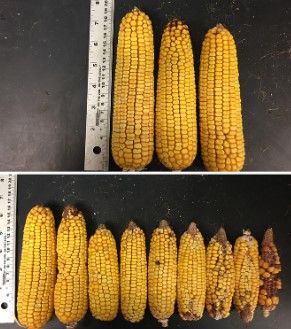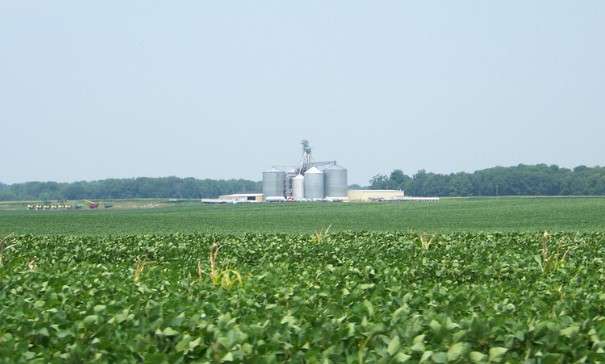The findings, published in Environmental Research Letters, do not necessarily mean that the shift north and west in corn and soybean production will occur, said lead researcher Alexis Hoffman, who earned her doctoral degree in meteorology at Penn State in 2018. But, based on the data, researchers conclude that such a shift is in progress, and there is a strong probability it will continue.
“We are not suggesting that such a shift would be a catastrophe,” Kemanian said. “It doesn’t mean that Iowa will stop producing crops, but it might mean that Iowa farmers adapt to a warmer climate producing two crops in a year or a different mix of crops instead of the dominant corn-soybean rotation. The changes are likely to be gradual, and farmers and the supply chain should be able to adapt. But things will change.”
The three crops in the study have distinct responses to humidity and temperature, one of the most revealing results of the study, noted Hoffman. In general, corn needs more humidity, sorghum tolerates higher temperatures and soybean is somewhere in between.

For each year during the study period, researchers estimated planting dates for every county, based on county-level temperatures to simulate farmer adaptation to cold or warm years, she said. They estimated that planting occurs once the 21-day moving average rises to a crop-specific threshold temperature. Planting temperatures for corn, sorghum and soybean were 50, 59, and 53.6 degrees Fahrenheit, respectively.
Corn exhibited a uniquely strong response of increased yield to increasing atmospheric humidity during its critical phase, from before to after flowering, as well as a strong sensitivity to exposure to extreme temperatures, Hoffman explained.
“Humidity is a factor for all crops studied, but what the data are telling us is that it is more of a factor for corn than it is for soybean or sorghum, and in a very narrow time window,” she said. “And by humidity, we mean that soils might be moist, but the data is showing that moisture in the air matters, regardless. That wasn’t known before.”

However, soybean has a strong response to both maximum and minimum temperatures, she said. “All crops had threshold-like responses to high temperature, though we documented a comparatively greater tolerance to high temperature for sorghum at 90.5 F versus a range of 84.2 to 86 F for corn and soybean. We did not describe that response — machine learning revealed it for us.”
The research may have implications for companies selling crop insurance, Kemanian suggests.
“High-temperature swings are damaging. Learning when and by how much for both corn and soybean is critically important,” he said. “Crop insurance companies have an interest in this because they need to assess the risk of a given stress happening and how much they will pay as a result.”
Chris Forest, professor of climate dynamics in the College of Earth and Mineral Sciences, and Hoffman’s doctoral degree adviser, was involved in the research. This research builds on earlier work done by Hoffman and the team in sub-Saharan Africa.
The Network for Sustainable Climate Risk Management at Penn State, under a cooperative agreement with the National Science Foundation, and the U.S. Department of Agriculture’s National Institute of Food and Agriculture supported this research.

Source : psu.edu